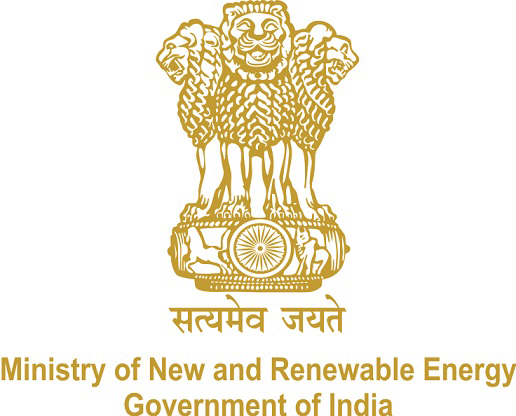
ALMM order – Beneficial or not for Domestic module manufacturers, Project developers, Private PPA C&I customers? Effective from April 1, 2022 – EQ Mag Pro
To guarantee the trustworthiness of Solar PV manufacturers and to safeguard the consumer interests and ensure larger energy security of the country, the Ministry of New & Renewable Energy (MNRE), on 02.01.2019, has issued ‘Approved Models and Manufacturers of Solar Photovoltaic Modules Order, 2019’.
According to certain industry stakeholders, ALMM would not benefit the industry considerably. The excessive application fees of INR 5,000 ($66 per MW) per MW capacity of cells and modules, charged separately is very costly for manufacturers, raising overall product costs and resulting in driving up project cost and eventually electricity tariff. In addition to this, as part of the listing process for firms outside India, a huge sum of inspection fee is also asked to be paid for visiting each of their production facility. NISE has collected crores of Rupees as application fee 2 years back from several Tier-1 mfrs, but not even issued invoice or receipt for the payment collected, which also raises suspicion.
Also, the process of being listed in the ALMM takes a significant time, which would eventually result in project delays and supply chain interruptions.
This order provides for the enlistment of eligible prototypes and manufacturers of solar PV cells and modules complying with the BIS Standards and release the same in a list called the “Approved List of Models and Manufacturers” (ALMM). The amendment will come into effect for open access and net metering projects from April 1, 2022.
MNRE had issued “Solar Photovoltaics, Systems, Devices and Components Goods (Requirements for Compulsory Registration) Order, 2017” on 5th September 2017. This order and other modifications had been issued, among other things, with an understanding to ensure the quality of solar cells, solar modules, used in solar PV power plants. However, since solar PV power installations are set up for a period and solar PV cells and modules used in plants require a long term warranty. It is preferable to ensure that such products are indeed made in units in which production has been claimed. Some units may claim production of solar cells & modules produced or made elsewhere. The reliability of producers is essential to protect consumer interests and ensure the larger energy security of the country.
The goal of ALMM is to ascertain the manufacturing unit physically and is necessary for manufacturers supplying to the government-owned solar projects. This will be an addition to the quality check by the Government of India, which is currently limited to product testing by Bureau of Indian Standards (BIS) certification. Present BIS standards are in itself retrograde and several steps below the IEC 61215/61730: 2016 international standards followed globally (wherein BIS is still following decade old and outdated IEC 61215/61730: 2005 & 2010 standards). With only a few labs accredited to carry out BIS testing, the abnormal cost & time spent to get newer, latest generation high-performance PV modules tested and approved for BIS itself is a big deterrent.
This comprises projects set up for the sale of electricity to the government under the guidelines issued by the Center Government under section 63 of the Electricity Act, 2003 and amendment thereof. This enlistment is valid for two years and can be renewed on the submission of the necessary documents.
ALMM order very clearly specifies that the PV cells used in ALMM listed PV modules need to be mandatorily approved under ALMM List-II and it’s admirable to see that few of the PV modules published in the ALMM list are using M6, M10 mono PERC cells. However, when MNRE has not approved and published List-II ( ALMM list of PV cells ) it raises the below serious questions
• How PV modules are approved in List-1, without approving PV cells in List-II (when it is MANDATORY to use ALMM listed PV cells in PV modules)?
• How are certain modules were approved with imported cells, when no overseas manufacturer of PV cells or Modules were inspected?
• If ALMM is implemented as proposed, how and from where the project developers are going to get ALLM listed PV modules (using ALMM listed PV cells), for the huge pipeline of projects that need to be grid-connected in 2022 & 2023.
• When there is no bid mfg capacity of PV cells in the country (except some outdated Polycrystalline PV cell mfg, there is no operating PV cell mfg plant that can produce high efficiency, high power Mono PERC, Bifacial PV cells) how ALMM is going to benefit even the domestic module manufacturers, who rely on imported PV cells (which are not yet ALMM listed).
This raises a serious concern about the ad-hoc implementation of ALMM, which in reality benefit none.


















